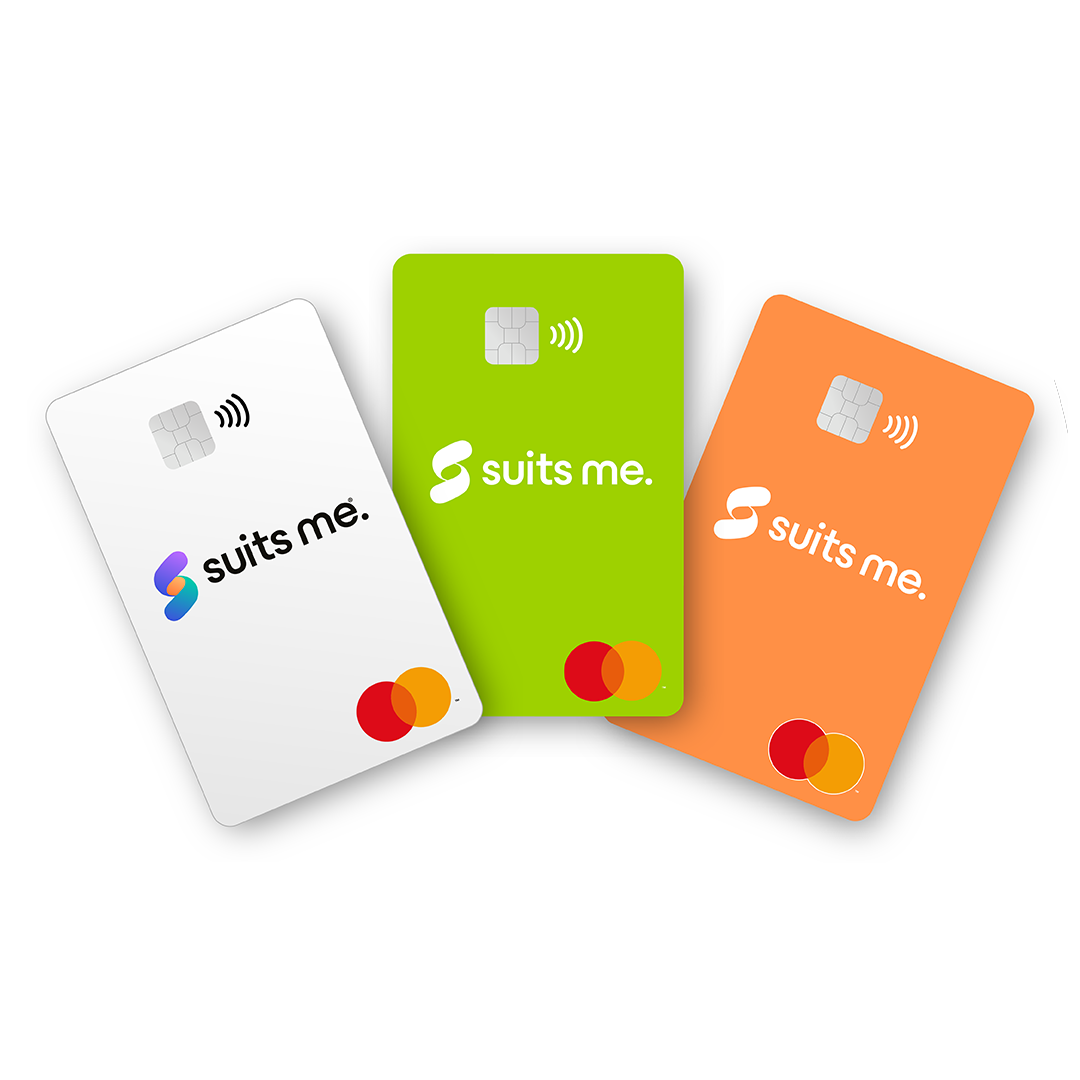
Your net worth is the value of your assets (everything you own), minus your total liabilities (debts). Knowing your net worth a useful way of measuring your financial wellbeing and we will explain how you can figure it out, but before we get into that, let’s explore more about why your net worth is a useful thing to know.
What is Your Net Worth?
You may have heard of the Forbes Rich List which showcases the net worth of celebrities and entrepreneurs, like Bill Gates, who currently has a net worth of $125.5 billion US dollars (£88.6 billion GBP). Although, it’s doubtful that your net worth will be the same (here’s hoping, right?), it’s also a really good way of helping you to identify areas where you could be spending too much money or saving too little.
In theory, your net worth is the total value in cash you would have to your name if you sold everything off at a garage sale and paid off all your outstanding debts. In a lot of cases, this figure would be in the negative which means you carry more liabilities (debt) than assets (things you own).
Although your net worth isn’t a completely realistic calculation of how you would measure your financial health, there’s actually no “magic number” that you should be aiming for. Use your net worth as a tool for tracking your progress and financial growth over the years to come.
How to Calculate Your Net Worth?
When it comes to calculating your net worth, there’s actually a pretty simple formula that you need to follow:
Total Assets – Total Liabilities = Your Net Worth
So, how do gather all the information needed for this formula to work? Well, a good place to start is by making two separate lists. One with all your assets, and one with all your liabilities. Having these both written down at face value will prevent you from forgetting anything major and is much better than relying on memory alone. Here’s how to go about it:
What is Included in Your Assets?
So, when figuring out your assets, it’s always best to start with your largest assets first. This would include things like:
- Value of your home, holiday homes, or any real estate properties,
- Vehicles like a car, boat, or motorbike,
Then you can move onto your “liquid assets”. These are assets that are not tied up in anything and you could access fairly easily. Such as:
- Cash,
- Savings accounts (including ISA’s and retirement funds),
- Other investments (such as stocks and shares),
- The balance in your current account,
- Life insurance,
- The amount in your pension trust,
Now, it’s worth looking into your personal items that have a value of over £500. You don’t need to write everything down, but you can always group items together to give you a better picture. These include things like:
- Jewellery,
- Collector’s items,
- Musical instruments,
- Electronics,
- Artwork,
- Furniture
Finally, the last step is to add all these figures together to find the value of your total assets. For example, let’s say they came to £25,000. You’d write assets = £25,000.
What Should You Class as a Liability?
Calculating your liabilities follows a similar process to finding out your assets – but be warned, it might be a shock to the system (speaking from experience!👀).
- Start with the major outstanding debts such as your mortgage and car finance plan – but only include the outstanding balance you owe, not the starting balance.
- Next, move onto your personal and smaller liabilities, such as your overdraft or credit card debt, student loans, and any unsecured loans.
- Now, add up the balances to get an accurate picture of all your liabilities. For example, this could come to £19,500 so you’d write down, liabilities = £19,500
Net Worth Calculation Example
We know calculating your net worth is your “total assets minus total liabilities”. So, using the example figures we listed above, you would have:
- Assets = £25,000
- Liabilities = £19,500
If you input this into the formula it would be £25,000 – £19,500 = £5,500. The £5,500 would be your total net worth.
Can You Improve Your Net Worth?
The best way of improving your net worth is to decrease your debts and build your assets. Most people also find that their net worth improves over the years. However, being aware of your net worth as soon as possible in your financial journey can help you to better plan and prepare for the future and help to preserve your net worth.
Keeping your money in high-yield savings accounts will also help you to grow your money much faster, but it’s important to prioritise paying off debts at a manageable rate that’s not overwhelming.
If your debts are getting in the way of you thinking clearly and affecting your day-to-day living, it may be worth speaking to the National Debt Helpline to consolidate all your debts. This will have an impact on your credit score but will ultimately help to speed up your debt payoff in the long run.
What’s Next, Now I’ve Calculated my Net Worth?
Well, it’s a good idea to repeat this process once a year to see how your financial health is holding up. Ideally, you should see your net worth grow year on year – but as we know, life often gets in the way, and it may vary as you weather different financial storms throughout your life.
However, whilst you’re on a journey to improve your savings or get out of debt, you may wish to track your net worth more frequently to help keep you motivated whilst you’re preparing for your future.





